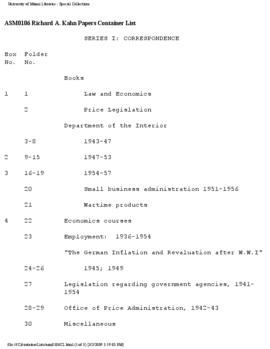The Thomas de Valcourt and Michael Lerner collection contains materials concerning 19th century New England poets and authors, most prominently Henry Wadsworth Longfellow, but also Henry David Thoreau, Washington Irving, Oliver Wendell Holmes, Ralph Waldo Emerson, Nathaniel Hawthorne, Walt Whitman, and minor figures. Much of the materials - which predominantly consists of prints, photographs, clippings, photocopies, newspapers, periodicals, postcards, reprints, poetry, and other formats - concerns their famous New England homes and their families' homes, and other literary landmarks in the vicinity. Most of the materials date from the late 19th and early 20th century.
Also included are a scrapbook of clippings of poetry, a 1962 plaster cast bust of Henry David Thoreau by Melvina Hoffman, an 1864 ceramic bust of Henry Wadsworth Longfellow by M. Milmore, two paperweights with depictions of the Longfellow house, a brick noted as "being used by Thoreau when adding to the family house on Virginia Road in Concord," and one copper ashtray.




